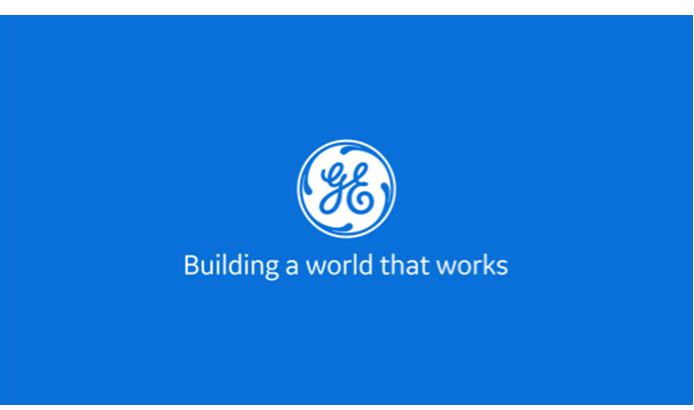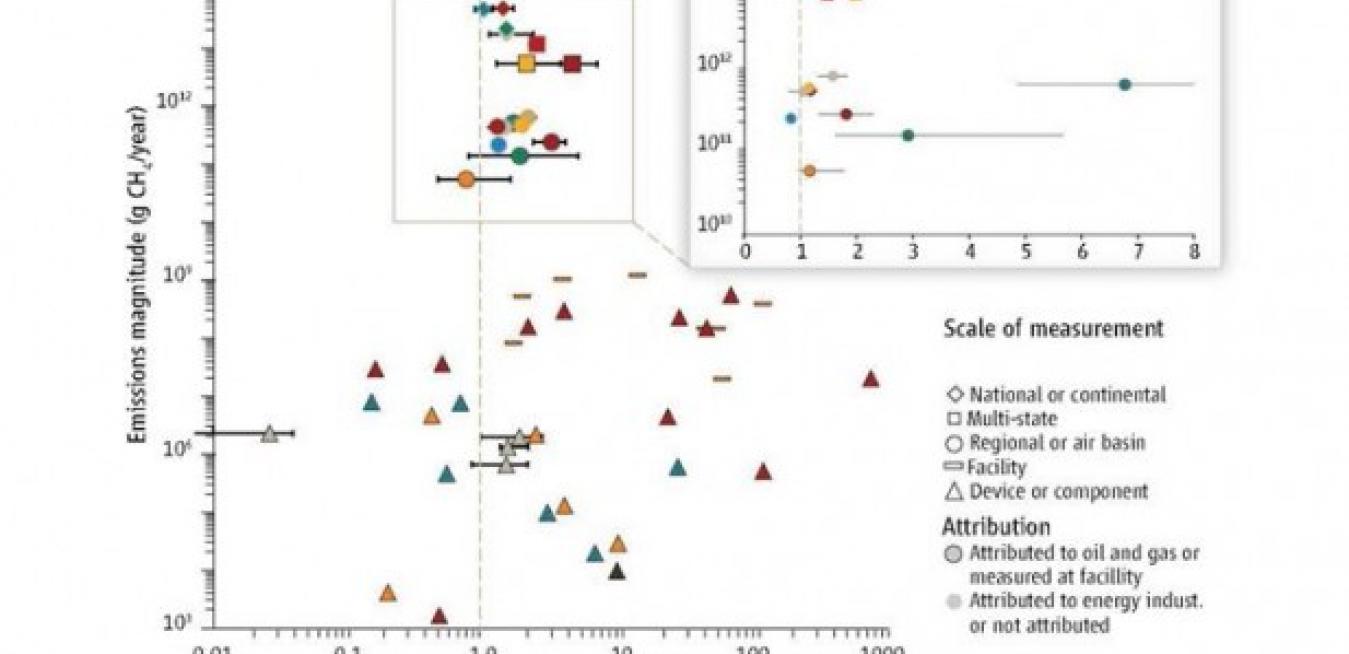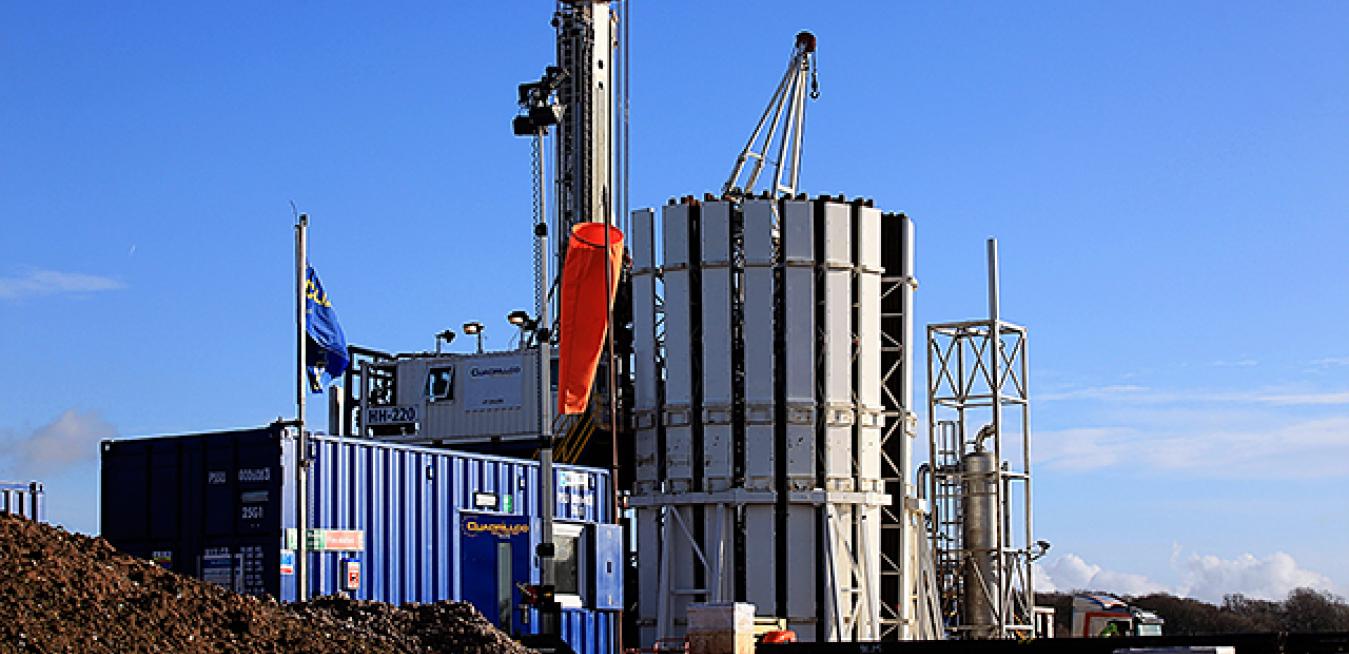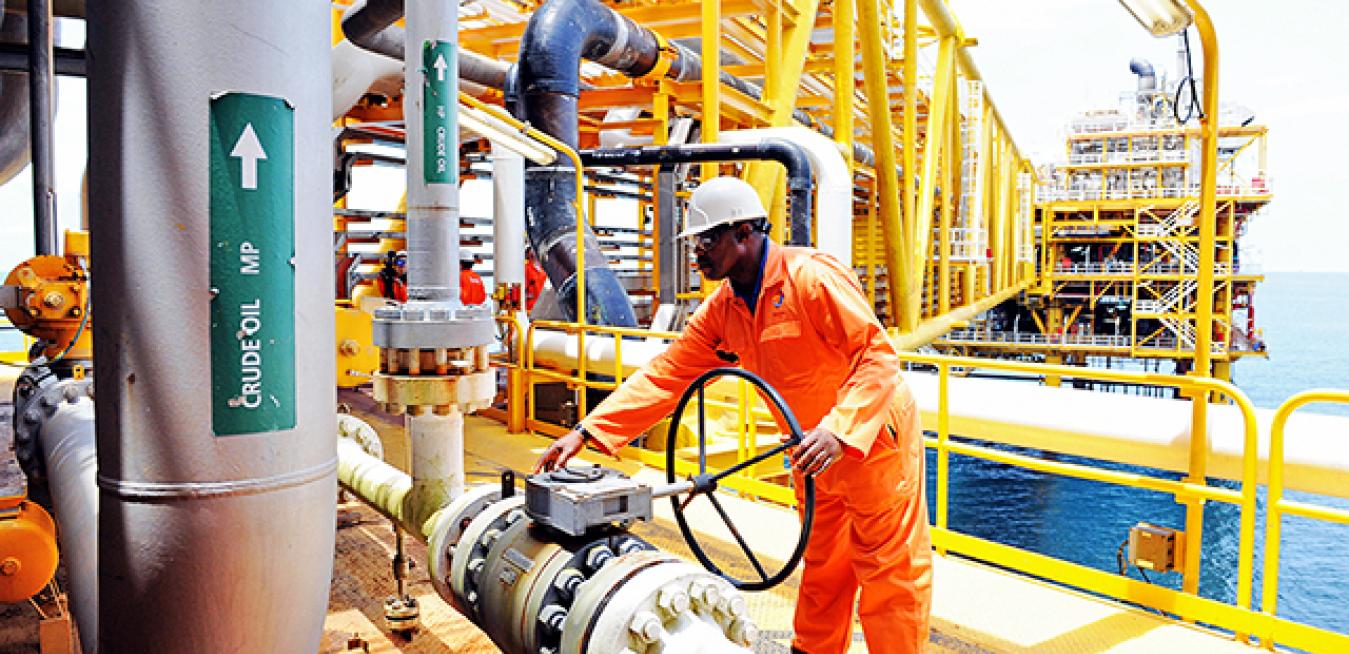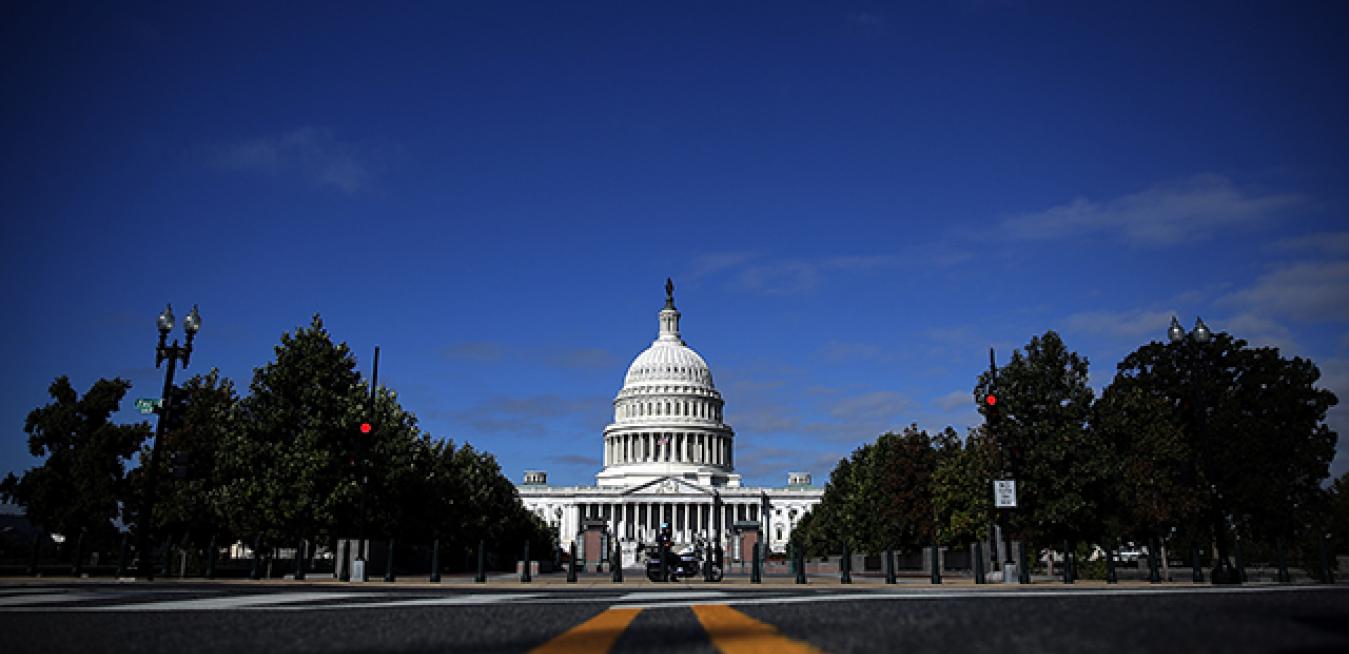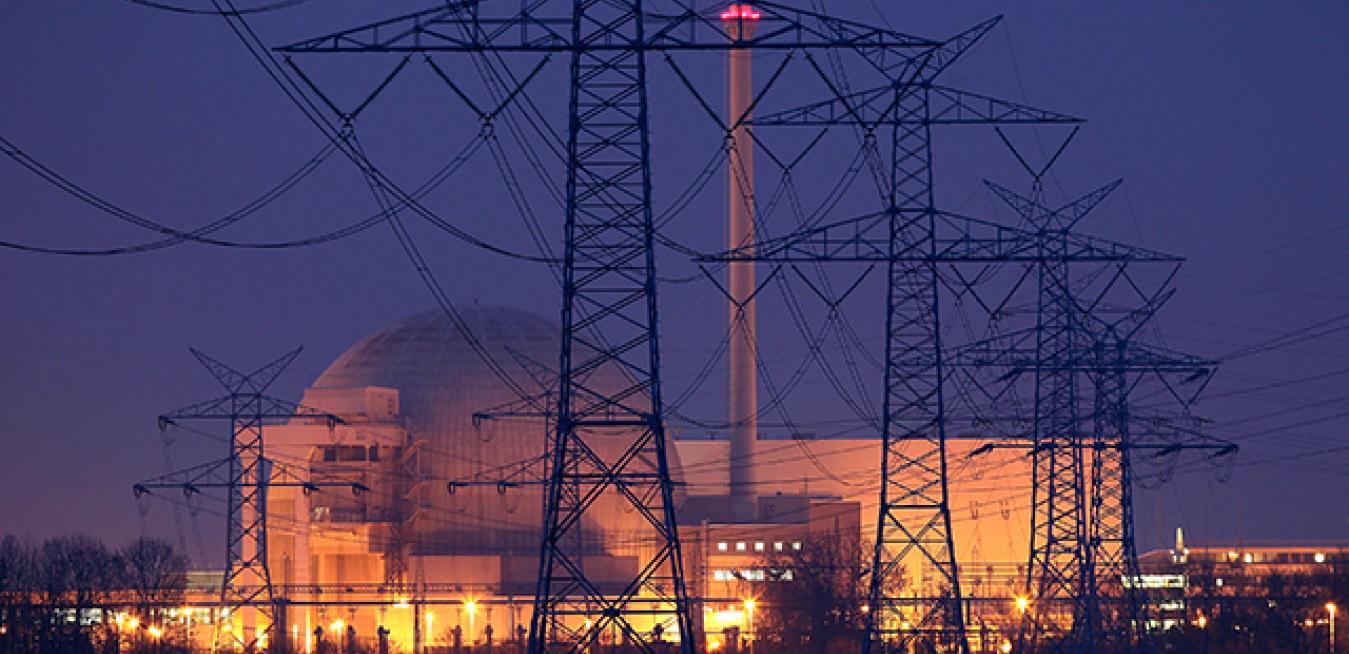One of my favorite anecdotes of how governments and communities can partner to make a smarter city is about using big data and analytics to combat a common urban problem: Potholes.
In Ancient Egypt there exists evidence of the basic design process of defining objectives, performing research, specifying requirements, iterating while developing solutions, and prototyping before building the final version. The same process is followed today.
A typical hydraulic fracturing well requires two to four million gallons of fresh water. Multiply that times hundreds of thousands of wells developed in the U.S. and Canada over the last decade and you get the idea – the shale revolution has an unquenchable water habit.
Although water use for hydraulic fracturing is a relatively small proportion of a state’s overall water use, at the local county or municipal level it is typically very high, often exceeding the water use of all residents in a region.
The question is what role natural gas will play in the future of trucking, which is today dominated by diesel fuel.
Distributed power technologies, which have been around since Thomas Edison built the first power plant in 1882, are increasingly used today to provide electrical and mechanical power at or near the point of use.
These factors are not universally present. We have diversity and divergence – and an absolute requirement to reduce greenhouse gas emissions worldwide – at play.
There is cause for caution because, as in all complex processes, there is risk.
Risk
In reality, it is the core values of a society, as well as the complexity of human networks and social behaviors, that allow innovation systems to thrive. We call these systems Rainforests, and the secrets lie not in the ingredients used, but rather in the recipe itself.

